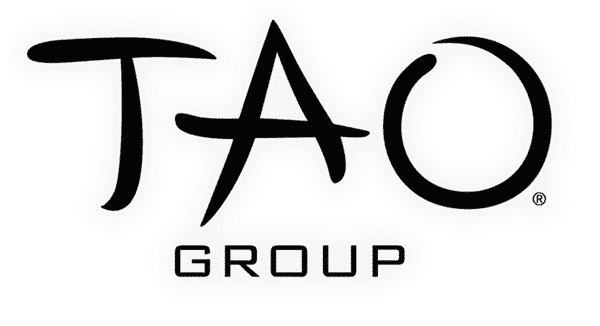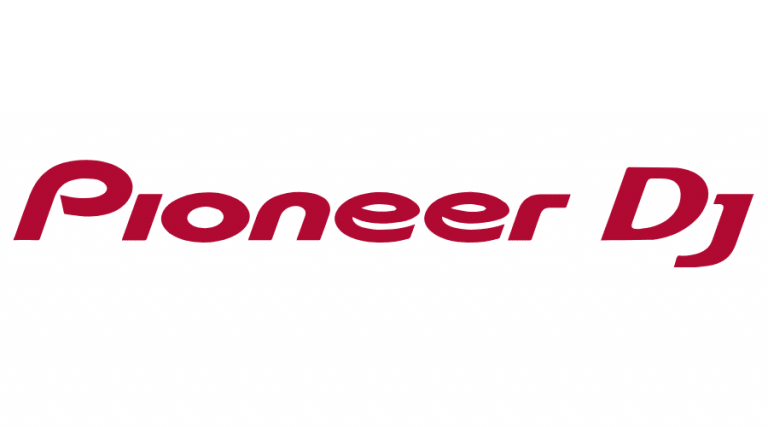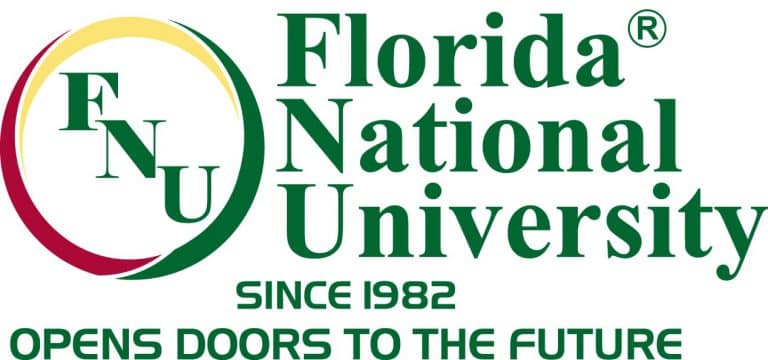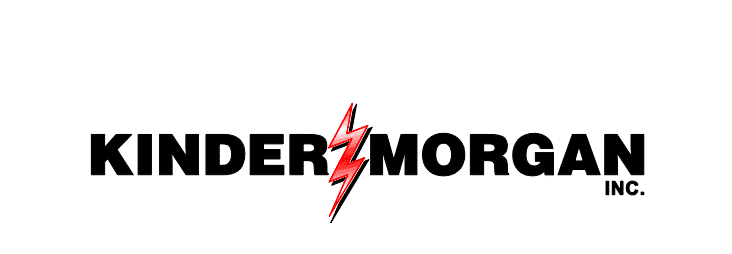In the ever-evolving world of social media, navigating the complexities of organic and paid strategies can feel like walking a tightrope. As algorithms shift and platforms grow, businesses must adapt to stay ahead of the curve. So, how do you find the perfect balance between organic and paid approaches? Let’s explore the differences between these two strategies and how to maximize their potential in your social media marketing efforts, keeping in mind the evolution of social media algorithms paid vs organic.
Key Takeaways
Social media algorithms have shifted from organic reach to paid advertising, causing businesses to employ new strategies.
Organic social media strategies must be adapted to foster relationships with their audience and remain successful.
Paid social media strategies maximize ROI through precise targeting, A/B testing & optimization, retargeting & lookalike audiences. A hybrid approach is essential for success.
The Evolution of Social Media Algorithms

Since its inception, the social media marketing landscape has experienced considerable changes. In the early days, organic social media growth was the primary focus, allowing businesses to organically connect with their audience without investing heavily in paid ads. However, the evolution of social media platforms and more complex algorithms made it progressively harder for businesses to depend solely on organic reach.
Paid social media advertising emerged as a powerful solution, offering brands highly targeted ads and the ability to reach a broader audience. With the decline of organic reach, businesses began to recognize the potential of paid advertising in achieving their marketing goals.
Organic Reach in the Early Days
In the beginning, businesses thrived on organic social media marketing. The playing field was more level, and organic reach was comparatively higher. Brands could share content and engage with their target audience without the need for paid promotion. This cost-free approach allowed for audience participation, fostering authentic relationships between brands and their followers.
But as the social media platforms expanded and competition intensified, the heyday of organic reach started to fade. This shift forced businesses to reconsider their organic social media strategy and adapt to the changing landscape.
The Decline of Organic Reach
Several factors contribute to the decline of organic reach, including the flood of ads and content competing for space in users’ news feeds, as well as the dominance of paid content overshadowing organic posts. As a result, businesses found it increasingly challenging to reach their intended audience without resorting to paid advertising.
To adapt to these changes, businesses had to employ new strategies, such as leveraging user-generated content, building relationships, and fostering community engagement. These tactics allowed businesses to stay relevant and compete in an increasingly saturated market.
Rise of Paid Advertising
As the limitations of organic reach became apparent, the rise of paid advertising on social media platforms offered businesses new opportunities to achieve their marketing goals. With the ability to target specific demographics and interests, paid ads enabled brands to reach a wider audience and increase the chances of conversions.
Examples of effective paid social media marketing tactics include precise audience targeting, A/B testing and optimization, and retargeting and lookalike audiences. By investing in paid advertising, businesses could ensure their content reached the right people at the right time, maximizing the return on their ad spend. In this context, paid social media refers to the strategic use of advertising dollars to promote content on social media platforms.
Organic Social Media Strategies: Adapting to Algorithm Changes

Despite the hurdles brought about by algorithm changes, organic social media strategies continue to be critical for businesses aiming to foster authentic relationships with their audience. By staying informed about platform updates and trends, brands can adapt their organic social strategies to stay ahead of the curve and drive engagement.
In order to succeed in the ever-changing world of social media, businesses must focus on creating high-quality content, leveraging user-generated content, and building relationships through community engagement. These tactics can help businesses maintain a strong organic presence on social media platforms, even as algorithms continue to evolve.
Creating High-Quality Content
High-quality content is the cornerstone of any successful organic social media strategy. By consistently sharing relevant, engaging, and valuable content, brands can foster a devoted following that boosts their visibility and reach. This, in turn, can help create brand awareness and drive sales without relying on paid advertising.
To achieve success with organic social media, businesses must:
Understand their audience’s preferences
Create content that resonates with them
Focus on quality over quantity
Increase the likelihood of engagement and shares
Overcome the limitations imposed by social media algorithms
Leveraging User-Generated Content
User-generated content (UGC) can be a powerful tool for boosting organic reach and fostering authenticity. By encouraging customers to share their experiences with the brand and reposting content from users, businesses can showcase genuine brand experiences that resonate with their audience.
UGC is often perceived as more authentic and reliable than content produced by brands or advertisers, making it an essential aspect of social media marketing efforts. By capitalizing on user-generated content, businesses can enhance their organic reach and build credibility with potential customers.
Building Relationships and Community Engagement
For businesses aiming to maintain a robust organic presence on social media platforms, building relationships and engaging with the community is vital. By responding to customer comments, participating in online conversations related to their industry, and creating content that encourages discussion, brands can foster a sense of community and loyalty among their audience.
This authentic engagement can help businesses stand out from the competition, ensuring that their organic social media efforts remain effective in the face of ever-changing algorithms and the rise of paid advertising.
Paid Social Media Strategies: Maximizing ROI

While organic social media strategies aim to help businesses cultivate genuine relationships and interact with their audience, paid social media strategies prioritize maximizing return on investment (ROI). By investing in paid advertising, businesses can reach a wider audience, achieve faster results, and ensure their marketing efforts align with their business goals.
To maximize ROI, businesses should focus on strategies such as precise audience targeting, A/B testing and optimization, and retargeting and lookalike audiences. These tactics can help businesses reach the right people with their paid ads, increasing the likelihood of conversions and overall success.
Precise Audience Targeting
Any successful paid social media strategy has precise audience targeting as a key component. By using data and audience insights to segment consumers based on demographics, interests, and behaviors, businesses can ensure their ads reach the right people at the right time.
This targeted approach not only increases the chances of conversions but also maximizes the efficacy of advertising campaigns. By connecting the appropriate audience with relevant content, businesses can make the most of their advertising budget and drive sustainable growth.
A/B Testing and Optimization
Refining paid ad campaigns and ensuring their maximum effectiveness require A/B testing and optimization. By evaluating different versions of a website, advertisement, or other digital asset, businesses can identify which version yields the best results and optimize their campaigns accordingly.
This process enables businesses to continually improve their paid social media strategies and make data-driven decisions that boost ROI. By staying agile and responsive to changes in audience behavior and platform algorithms, businesses can ensure their paid advertising efforts remain successful and cost-effective.
Retargeting and Lookalike Audiences
Retargeting and lookalike audiences serve as potent tools, enabling businesses to reach potential customers who have expressed interest in their brand or ones that are similar. By targeting former customers, site visitors, or individuals on their email list, businesses can increase the chances of converting these leads into sales.
Lookalike audiences, on the other hand, allow businesses to:
Target new users who share similar characteristics and behaviors with their existing audience
Reach new customers while maintaining a consistent brand message
Maximize the impact of their paid social media advertising efforts.
Hybrid Social Media Strategies: Combining Organic and Paid Approaches

A hybrid approach combining both organic and paid strategies provides the best of both worlds for businesses aiming to maximize their social media marketing efforts. By balancing content types, aligning goals and budgets, and monitoring performance to adjust tactics as needed, businesses can ensure they are making the most of their social media presence.
Adopting a hybrid social media strategy enables businesses to:
Remain agile and responsive to the latest trends and algorithm changes in this ever-evolving social media landscape
Leverage the strengths of both organic and paid approaches
Effectively reach their target audience
Build authentic relationships
Achieve their marketing goals
Balancing Content Types
A hybrid social media strategy necessitates a balance between organic and paid content to satisfy diverse audience preferences and marketing objectives. By maintaining a mix of organic posts, sponsored posts, and user-generated content, businesses can keep their social media feeds fresh and engaging.
Balancing content types also ensures that businesses maintain a consistent brand personality and message across all social channels. This helps to create a cohesive customer journey and ensures that both organic and paid social media efforts complement each other effectively.
Aligning Goals and Budgets
For businesses aiming to effectively allocate resources and attain their desired outcomes, aligning goals and budgets is essential. By establishing clear objectives and allocating budgets accordingly, businesses can ensure that both their organic and paid social media strategies work in unison to attain the best results possible.
By setting realistic targets and carefully managing ad spend, businesses can optimize the efficiency of their hybrid social media strategy, ensuring that resources are allocated in the most effective way possible.
Monitoring Performance and Adjusting Tactics
Businesses aiming to stay nimble and reactive amidst continually changing social media algorithms and audience behavior must monitor performance and adjust tactics. By keeping a close eye on metrics such as click-through rates, website visits, and conversions, businesses can identify areas of improvement and make data-driven decisions to optimize their marketing efforts.
As businesses adapt to the changing social media landscape, it’s crucial to continually evaluate and adjust marketing tactics to ensure continued success. By staying flexible and open to change, businesses can navigate the complexities of organic and paid social media strategies and achieve their marketing goals.
Summary
In conclusion, the ever-evolving landscape of social media has transformed the way businesses approach their marketing efforts. By embracing the changes in algorithms and adopting a hybrid social media strategy that combines organic and paid approaches, businesses can effectively engage with their audience, build authentic relationships, and achieve their marketing goals. As the world of social media continues to evolve, staying agile, adaptable, and responsive will be key to success in this dynamic and competitive environment.
Frequently Asked Questions
What is the difference between organic and paid growth on social media?
Organic social media is about building relationships and trust with an audience over time, whereas paid social media is more focused on quickly reaching a larger audience and targeting specific audiences with tailored content.
What are organic and paid social media strategies?
Organic social media is an effective way to build long-term relationships and trust with your audience, while paid social media helps to quickly reach more people and target specific demographics, interests, and behaviors.
What is the difference between organic and paid influencers?
Organic influencer marketing involves an influencer promoting a product or service voluntarily, whereas paid influencer marketing requires an influencer to be compensated for their promotion. Organic marketing typically has a more authentic and personal feel but does not require payment, whereas paid influencer marketing requires a budget and full FTC disclosure.
Is social media organic growth?
Social media organic growth is possible, as it refers to the growth of social media channels without paid advertising.
Why is it important to adapt organic social media strategies to changing algorithms?
By adapting organic social media strategies to changing algorithms, businesses can ensure their content is visible and engaging to their target audience, keeping them at the forefront of social media platforms.




































